Nov 23, 2018 18:30 UTC
| Updated:
Nov 24, 2018 at 08:24 UTC
Creating Forks
In case you have lately paid the attention to cryptocurrencies, then you must have noticed a lot of people as well as websites talking about forks. Not like the type you would find on the blockchain, a fork is a technical function which takes place because diverse participants need to agree on a few common rules.
At its core, a fork is something that happens when a blockchain two potential paths forward, either about the transaction history of the network or a new rule in choosing what makes a transaction a ‘Valid.’ That’s how blockchain transactions work.
Ultimately, people who use the blockchain need to show support for one choice over the other. There are a few types of forks, and the science that’s studying them is still an apprentice. By far, we only know that some forks resolve themselves can cause a network to split permanently, creating two blockchain histories, and two different currencies.
Also, there has been confusion about the different types of forks, how they get activated as well as the risks they pose. There’s a quick rundown on how different forks work that we are going to discuss over here.
You may also Read: How to buy bitcoin with cash?
Let’s Begin The Basics of Creating Forks
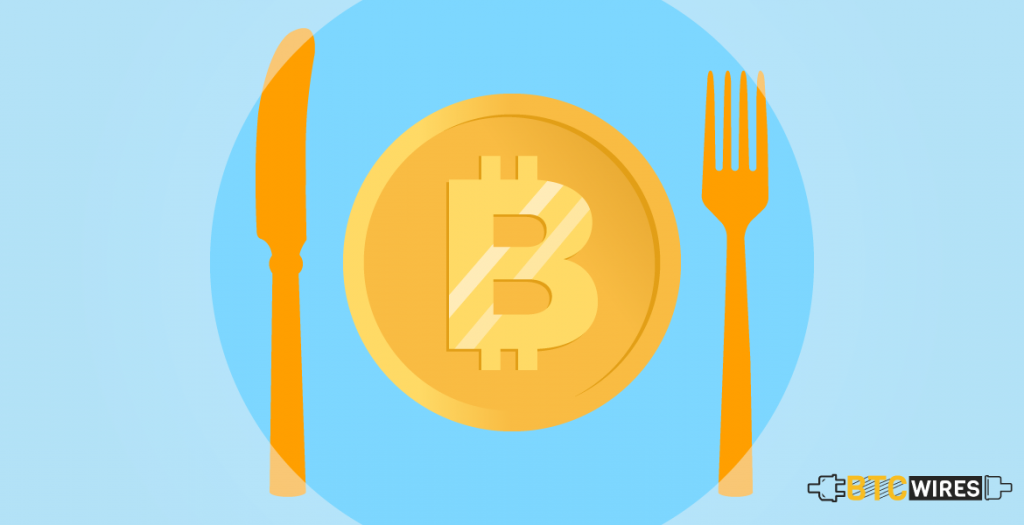
Before getting into the classification, it is worth noting that cryptocurrency forks occur quite frequently. A byproduct of different consensus protocols of blockchain, cryptocurrency forks occur anytime two miners find a block at almost the same time. The incertitude is resolved when subsequent blocks are added to the single chain, making it the longest chain, and the other block gets abandoned by the network.
Also, the forks can be gladly introduced to the network. It takes place when developers search for changing the rules that the software uses to choose whether or not a transaction is valid.
The network ignores the block with invalid transactions, and the miner loses out on a block reward. That is why miners usually wish to mine only valid blocks and build on the longest chain of blocks.
You may also Read: Differences Between Ethereum And Ethereum Classic
What is Forking?
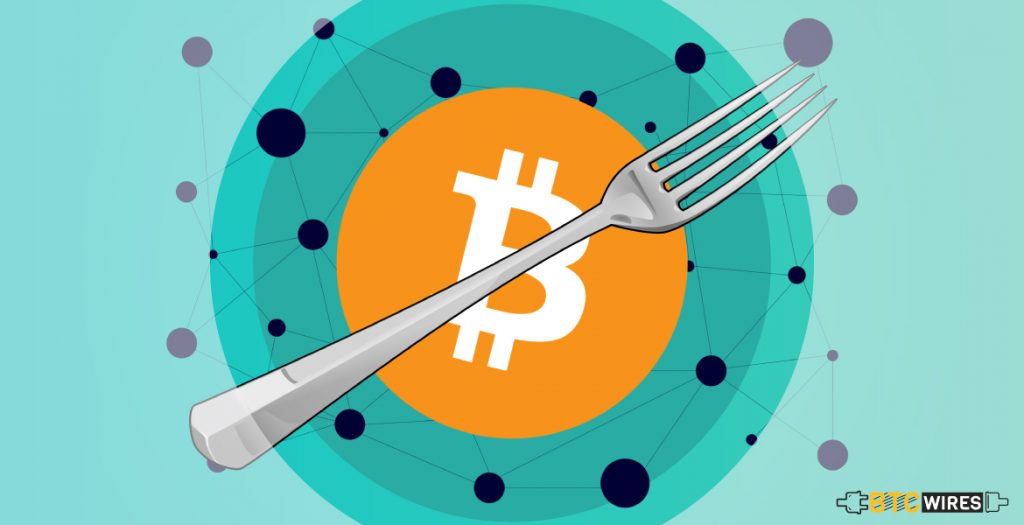
Forking occurs when a set of miners believe that there are more efficient approaches than the existing cryptocurrency. Forking means splitting of the chain whereby the cryptocurrency like bitcoin runs, making it go in a different direction and with the different rules than the current elements of a blockchain system as the two would now have different bitcoin visions. For instance, Bitcoin Cash changed the size of its block, meaning that blocks can be greater than 8 MB while bitcoin keeps with 1 MB blocks. When miners disagree with the current bitcoin rules, the blockchain forks two different blockchains that have different rules.
You may also Read: Reasons To Buy Bitcoins In 2018
Some of the Known Forks with their Traits
Creating Hard Forks
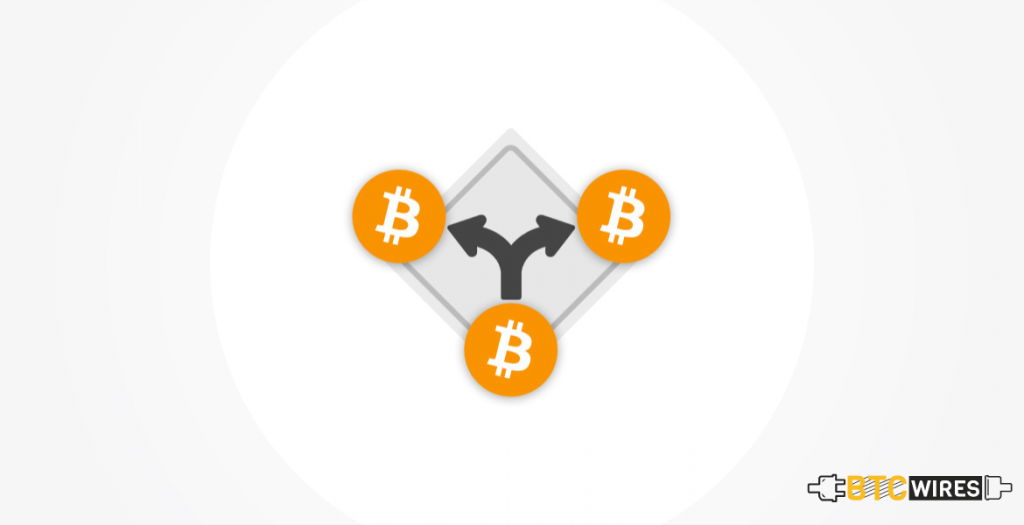
A hard fork shows a permanent deviation from the existing version of a blockchain with nodes on the new blockchain not acknowledging or interacting with transactions or nodes on the old blockchain. Hard forks show the substantial change in the block and create a new chain of blocks with no transaction compatibility between the versions. Nodes which continue running the software’s old version will see the new transactions as invalid. For valid mining blocks on the new chain, all nodes in the network need to upgrade to the new rules.
Creating Soft Forks
A Soft Fork is believed to be backward compatible in the sense that new nodes recognize the old transactions. Different from a hard fork, non-upgraded nodes will yet see new transactions as valid. In case non-upgraded nodes continue to mining blocks, then the blocks which they mine will be rejected by the upgraded nodes. Thus, soft forks need a majority of hash power within the network to succeed. When a soft fork is supported in the network, it could be the shortest chain that gets abandoned by the network.
You may also Read: How To Sell Your Bitcoins?
Why There’s Any Need To Create Forks?
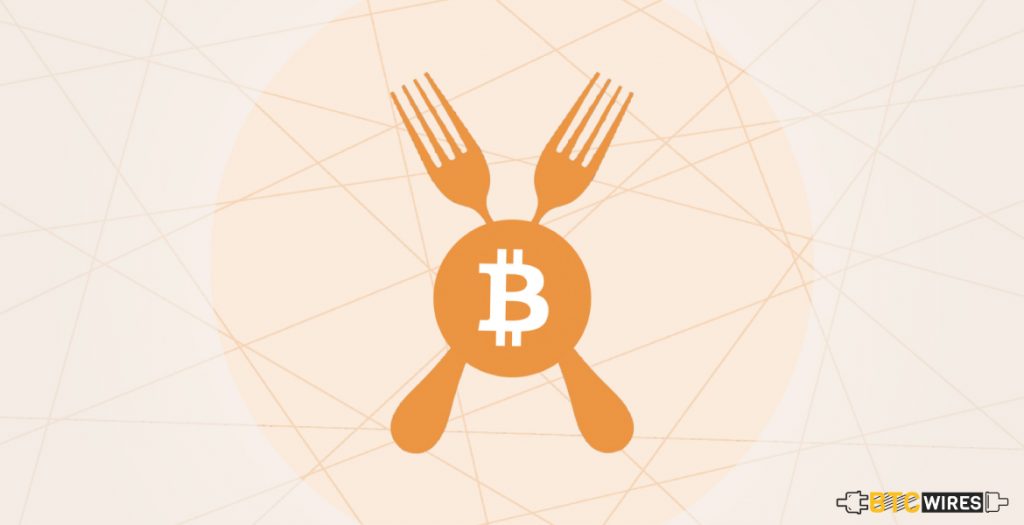
There have been three generations of blockchain technology so far, and each time forking does something unique. Forks can either be pre-planned for and guided by the core development team of a project or be launched by a group of developers who are dissatisfied with a component of an existing project. The latter is the broadly contentious process for the hard forks and serves to focus on governance issues associated with proposed solutions to the problems like scaling and some others. For a fork to be successful, it’s important that developers put their trust int he new approach and recognize it. Thus, forks are the democratic and open source in nature. They are continuously proposed and accepted as a healthy component of the crypto ecosystem allowing the community to estimate and decide which ideas are more appealing. Such open source governance implies that no group has absolute control over the fate of a cryptocurrency project.
You may also Read: How To Sell Bitcoin Gold?
How Does Forking Impact You?
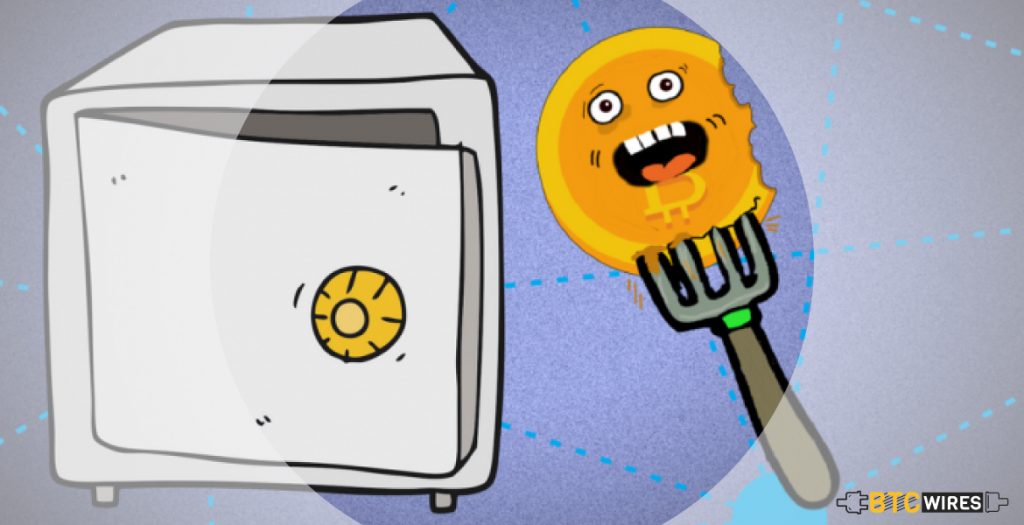
This year in August, when forking happened, it gave rise to the Bitcoin Cash. When the hard fork took place, all the bitcoin holders got bitcoin cash directly credited to their accounts. Though, not all bitcoin companies, as well as exchanges, offer bitcoin cash since it takes time to apply BCH on the platform. In Bitcoin Gold’s case, not all the users were credited with bitcoin gold. Rather than the difference in size, these new digital currencies have a different price. It is said that people who held bitcoin at the time of the bitcoin gold hard fork were not certainly credited bitcoin gold at the time of creating the hard fork. Bitcoin gold actually has not been released to the people.
Regarding the price of BCH, it is a good deal which is lower than that of bitcoin. BCH hasn’t gained the full transaction yet. People are yet to see what is to come of bitcoin gold.
Miners as well as cryptocurrency service providers, today, are divided on their views on forking. Majority of bitcoin miners don’t really believe in enhancing the size of the block and the new cryptocurrency which have hence branched out. And, forking to be successful, a vast number of miners in the network have to come to a consensus following different consensus algorithms of blockchain.
Here are a Few Articles for you to Read Next:

























































